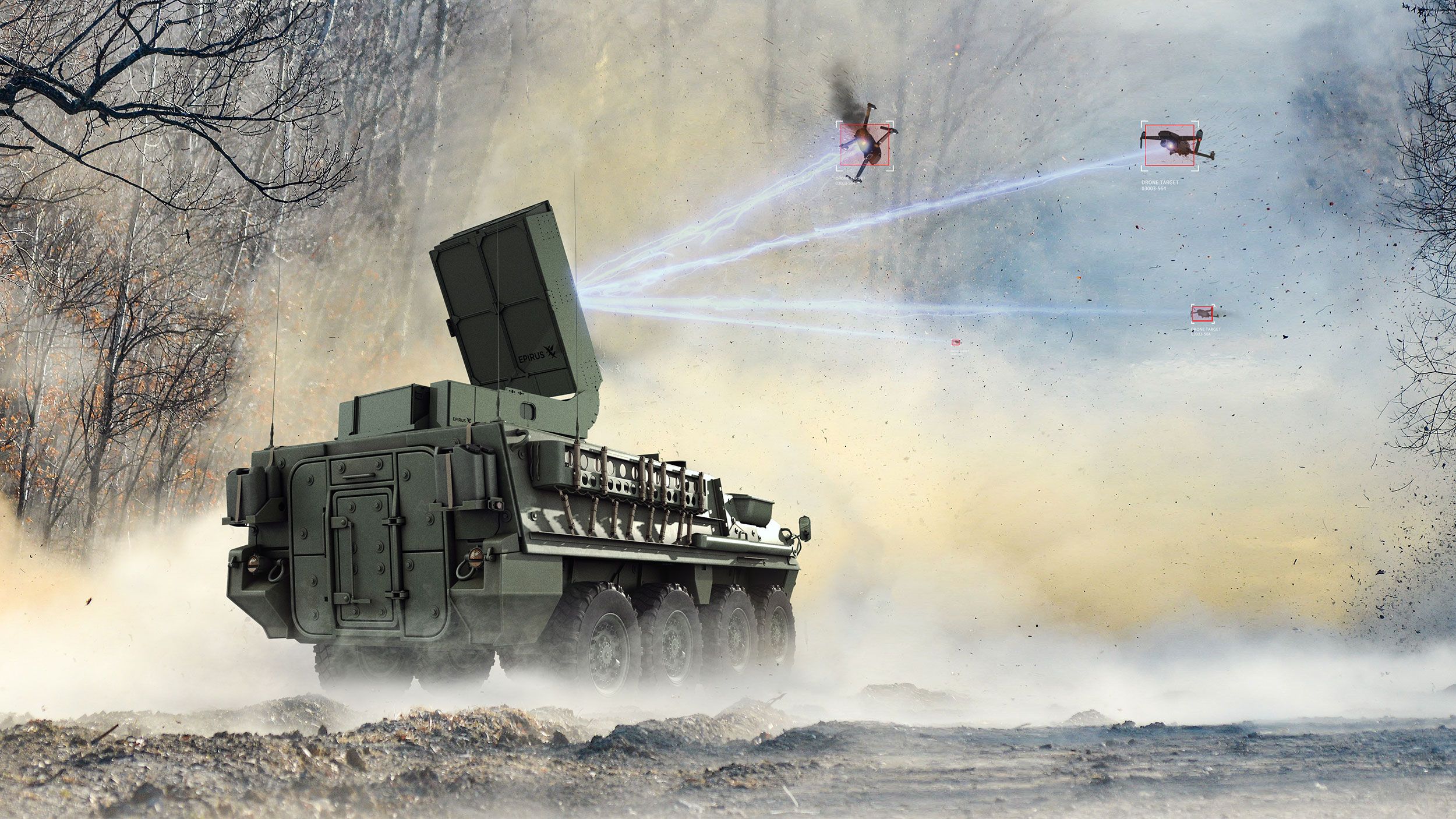SOURCE: IDRW.ORG TEAM


Recent conflicts in the region have witnessed the evolution of drone swarms as a potent threat, prompting India to adapt and innovate in its defense strategy. The Defence Research and Development Organisation (DRDO) is at the forefront of these efforts, aiming to develop a high-power microwave system to counter the growing menace of drone swarms.
Drone swarms have emerged as a formidable tool in modern warfare, capable of inflicting substantial damage and posing significant challenges to traditional defense mechanisms. As these threats become more prevalent, the Indian Armed Forces have taken proactive steps to address the issue.
In a significant milestone, the DRDO has developed the Drone Detect, Deter, and Destroy system (D4S), an indigenous anti-drone technology. This system, recently inducted into the Indian Armed Forces, provides a multi-faceted approach to countering rogue drones. D4S can detect unauthorized drones and instantly neutralize them through a process known as “soft kill.” Additionally, it has the capability to employ a laser-based “hard kill” to physically destroy the rogue drone.
D4S’s capabilities extend to detecting and jamming micro-drones at distances of up to 3 kilometers, making it an invaluable asset in safeguarding sensitive areas from aerial intrusions. Furthermore, it can target and laser a threat within a range of 1 to 1.25 kilometers, further enhancing its effectiveness.
While the D4S system represents a critical step forward, the Indian defense establishment is not resting on its laurels. It is working to create an Indirect Fire Protection Capability that can provide comprehensive protection for fixed and semi-fixed sites. This extended defense umbrella will not only safeguard against drones but also shield against rockets, artillery, mortars, and cruise missiles.
Central to this expansion is the development of high-power microwave technology with an extended range. The high-power microwave systems, with an already impressive range of over 10 kilometers, are being further enhanced. The plan is to increase their range by two to three times, enabling them to effectively combat both single Unmanned Aircraft Systems (UAS) and swarms.
The versatility of high-power microwave technology lies in its ability to disrupt and neutralize electronics and communication systems on drones, rendering them inoperative. This non-lethal approach is not only effective but also minimizes the risk of collateral damage.
NOTE : Article cannot be reproduced without written permission of idrw.org in any form even for YouTube Videos to avoid Copy right strikes. Websites doing illegal reproductions will get DCMA and Legal Notices.